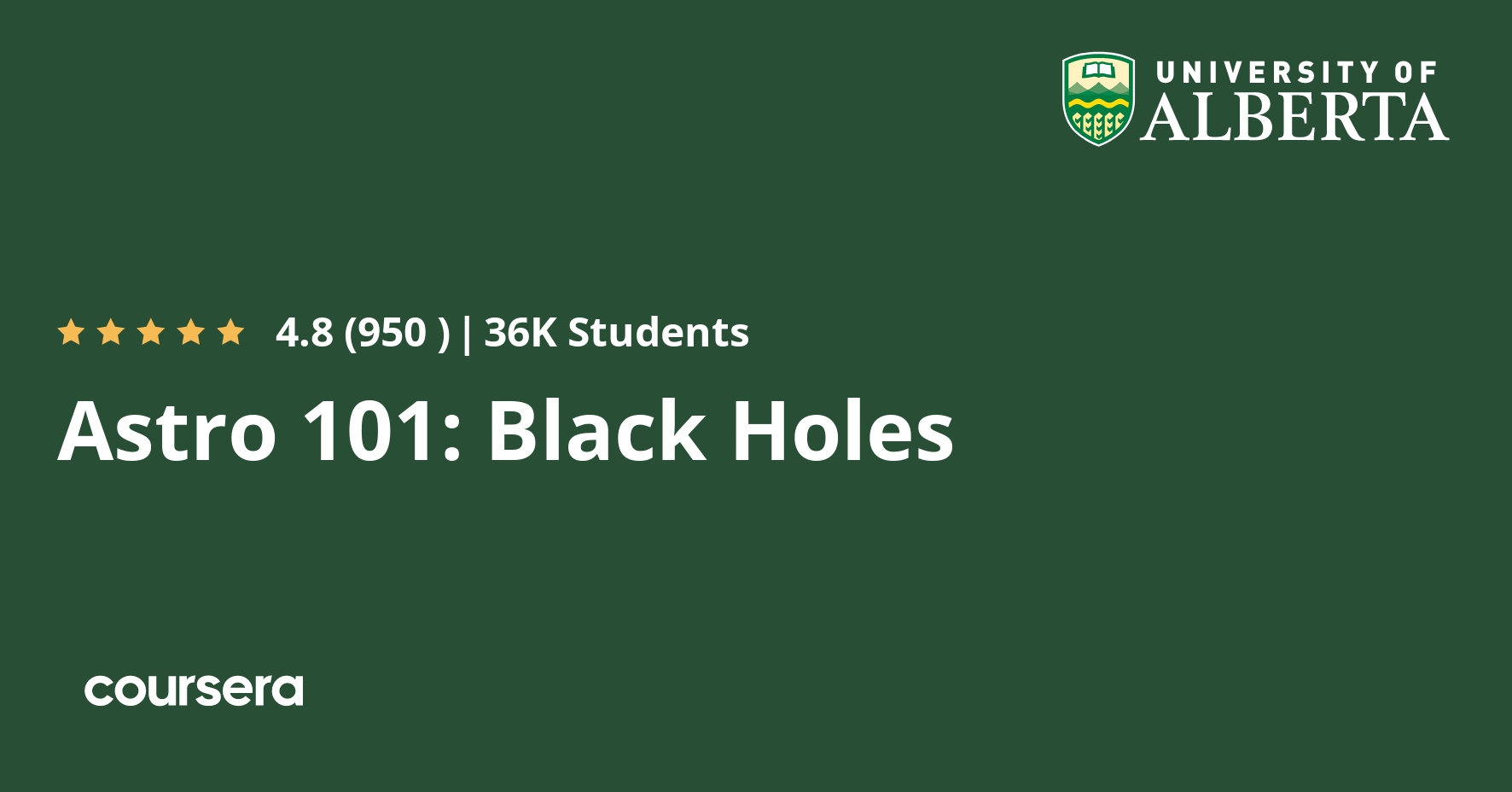Description
What is a black hole? Do they really exist? How do they form? How are they related
to stars? What would happen if you fell into one? How do you see a black hole if they
emit no light? What’s the difference between a black hole and a really dark star?
Could a particle accelerator create a black hole? Can a black hole also be a worm
hole or a time machine?
In Astro 101: Black Holes, you will explore the concepts behind black holes. Using the theme of black holes, you will learn the basic ideas of astronomy, relativity, and quantum physics.
After completing this course, you will be able to:
• Describe the essential properties of black holes.
• Explain recent black hole research using plain language and appropriate analogies.
• Compare black holes in popular culture to modern physics to distinguish science fact from science fiction.
• Describe the application of fundamental physical concepts including gravity, special and general relativity, and quantum mechanics to reported scientific observations.
• Recognize different types of stars and distinguish which stars can potentially become black holes.
• Differentiate types of black holes and classify each type as observed or theoretical.
• Characterize formation theories associated with each type of black hole.
• Identify different ways of detecting black holes, and appropriate technologies associated with each detection method.
• Summarize the puzzles facing black hole researchers in modern science.
What you will learn
Introduction to Black Holes
Hello and welcome to the first module of Astro 101! In this module, you will become familiar with the basic structure of a black hole, learn the terminology used to describe them, and explore the history of black hole physics.
Life and Death of a Star
Stars are the progenitors of black holes. In this module the student will learn about the lifecycle of stars, how stars produce energy, and how they radiate away energy. We will explore the death of stars, and what is produced by the death of stars, on all scales ; from the building blocks of life (carbon) to black holes.
The Structure of Spacetime
What happens if you travel close to the speed of light? What happens to the passage of time as you fall towards a black hole? This module will explore relativity. We look at the many ways black holes affect the universe around them from discussions of reference frames through to the change in the passage of time as you approach a black hole.
Sizing Up Black Holes
So far discussion has focussed on either the general case for black holes, of the stellar mass variety (endpoint of a star’s life). In this module students will explore the various sizes of black holes and their measurable properties. Students will learn that there are four major types of astrophysical black holes (primordial/mini black hole’s, stellar mass, intermediate mass and supermassive black holes), and discover current theories on their formation, and what might feed them. Students will also gain an knowledge of ‘no-hair’ theorem and gravitational lensing. We will also explore the formation of supermassive black holes, intermediate mass black holes, and mini black holes in particle accelerators.







